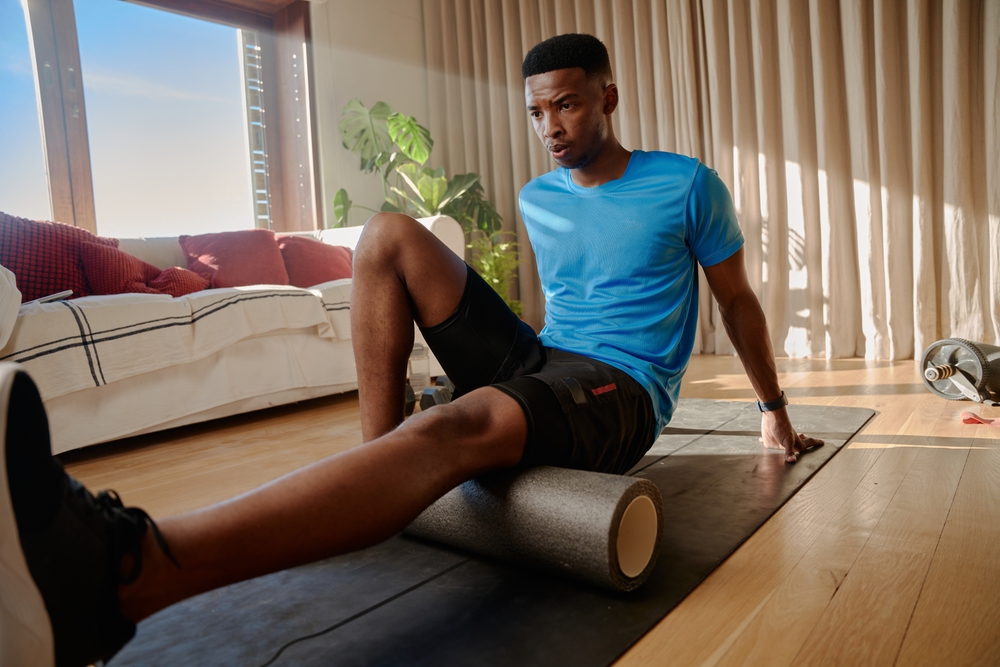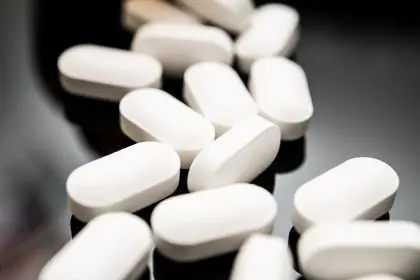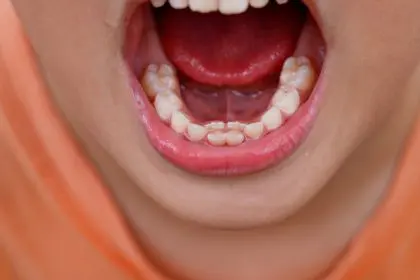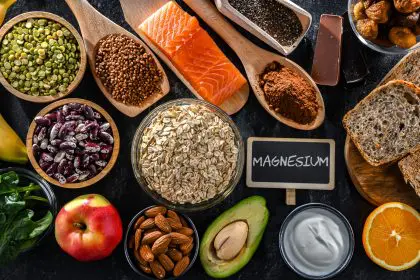When most people think of heart health, they imagine cardio exercises, nutritious meals and regular doctor visits. Yet, few would suspect a link between their heart and calf muscles. Surprising as it may seem, the health and strength of your calves play a crucial role in supporting cardiovascular well-being. This connection is often overlooked, but understanding it can empower you to make healthier choices for your body and overall well-being.
Your calves aren’t just for walking or giving your legs shape. They play an active role in helping the heart pump blood throughout your body. This article will explore how these two seemingly different parts of your body are interconnected and how strengthening your calves can be a secret weapon for a healthier heart.
The heart-calf connection: How do calves help your heart?
The calves — often referred to as your “second heart” — have a more significant role in your body’s circulatory system than most people realize. The reason they’re called the “second heart” is that they assist your heart in pumping blood back up from your lower body.
Your calf muscles contain what’s called a “calf pump.” When you walk, run or stand on your toes, the contractions in your calf muscles help push blood through your veins, moving it back up toward your heart. This continuous action helps prevent blood from pooling in the lower extremities, which can otherwise lead to swelling, varicose veins and even clot formation. The harder your calves work, the more efficient your heart can be in maintaining good circulation throughout your body.
Venous return refers to the process of blood returning to the heart after circulating throughout the body. While your heart’s pumping action is essential for sending blood out to your muscles and organs, it also requires help to bring deoxygenated blood back. This is where your calves come into play — they assist in the “venous return” process by propelling blood upward against gravity. Weak calf muscles can hinder this process, making your heart work harder to keep your blood flowing effectively. This extra strain on your heart can lead to issues like hypertension, swelling in your legs and even a higher risk of heart disease.
Why weak calves can impact heart health
While strong calves support heart health, weak calves can have the opposite effect. When calf muscles lack strength or endurance, they don’t pump blood as effectively. This can result in poor circulation, a slower venous return and more workload for the heart. Over time, this can contribute to:
- Increased blood pressure: With reduced calf strength, blood pools in the lower body, causing your heart to exert more effort to circulate blood efficiently — which can elevate your blood pressure.
- Reduced oxygen supply: A sluggish venous return can limit the amount of oxygenated blood reaching your heart and other vital organs — affecting their optimal function.
- Leg swelling and discomfort: When blood flow is poor, fluid can build up in your legs and feet, causing swelling and discomfort — which may signal a need to pay closer attention to your heart health.
Building strong calves for a healthier heart
Now that the connection between heart and calf health is clear, it’s essential to incorporate exercises that help both. Calf strengthening not only boosts your leg muscles but also improves your circulatory efficiency. Here are some targeted exercises that can enhance calf strength and, by extension, support your heart health:
Calf raises are one of the most straightforward exercises you can do to build your calves. Start by standing with your feet shoulder-width apart, and slowly lift your heels off the ground, rising onto your toes. Hold the position for a few seconds before lowering back down. This movement not only strengthens your calf muscles but also activates the calf pump, helping your heart efficiently circulate blood.
- Try 3 sets of 15-20 repetitions for a quick daily routine.
- For an added challenge, hold weights or perform the exercise on an elevated surface.
Walking and jogging are simple forms of cardio that naturally engage your calf muscles. These activities encourage regular contraction and relaxation of your calves, keeping your calf pump active and helping your heart stay in shape. The rhythmic movement helps blood circulation and venous return, making these activities beneficial for both your heart and calves.
- Aim for 30 minutes of walking or jogging at least three times a week to support your cardiovascular health.
Jumping rope is a full-body workout that engages your calves intensely. The repetitive bounding and jumping force your calves to contract quickly, strengthening the muscles while giving your heart an excellent cardiovascular workout.
- Try jumping rope for 10-15 minutes daily as part of your warm-up or cardio routine. It’s a fun and effective way to get your heart pumping and calves working.
The emotional impact of taking control of your heart and calf health
The link between your calves and your heart is a powerful reminder of how interconnected your body systems are. It’s empowering to know that small changes to your routine — such as adding calf exercises — can have a profound impact on your heart health and overall well-being. Taking charge of your health through calf exercises can provide a sense of accomplishment and foster a proactive approach to your body’s needs.
Additionally, focusing on both heart and muscle health can lead to improved energy levels, better circulation and a feeling of vitality. When your heart works more efficiently with the help of strong calf muscles, you may find yourself feeling more alive, active and ready to take on life’s challenges.
How lifestyle choices impact both heart and calf health
Beyond targeted exercises, there are lifestyle changes you can make that will benefit both your heart and calves. Here’s what you can do:
Staying hydrated improves muscle function and circulation, supporting both your calf and heart health. Dehydration can lead to cramping in your calves — which in turn can impact blood circulation and place more stress on your heart.
A diet rich in fruits, vegetables, lean proteins and whole grains not only supports heart health but also fuels your muscles — including your calves. Potassium-rich foods like bananas, sweet potatoes and avocados can help prevent cramping and support proper muscle function.
Prolonged periods of sitting or standing can negatively impact your calf muscles and circulation. Make sure to take regular breaks, stretch or walk around to encourage blood flow and relieve pressure on your heart.
A holistic approach to heart health
Incorporating a holistic approach to heart health that includes calf exercises, balanced nutrition, hydration and active lifestyle habits can drastically improve your cardiovascular wellness. This surprising heart-calf connection highlights the importance of understanding how various parts of your body work together to maintain overall health.
By treating your calf muscles with as much care and attention as your heart, you’re not just building strong legs — you’re creating a support system for your heart, boosting circulation and improving your quality of life. The next time you think about heart health, don’t forget to show your calves some love, too.
Strong calves and a healthy heart work in harmony to help you lead a vibrant and active life, proving that the smallest actions — like a simple calf raise — can have the biggest impact on your heart and well-being. So lace up your sneakers, get moving and let your calves support your journey toward a healthier heart.
This story was created using AI technology.

















